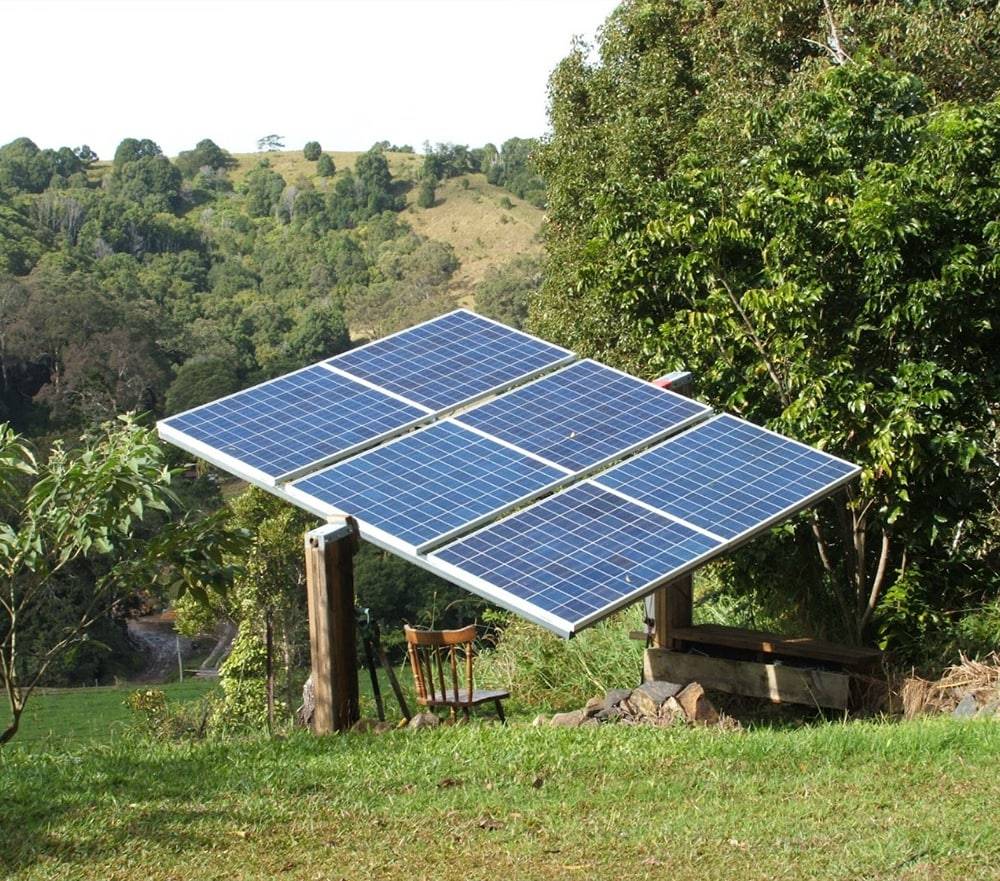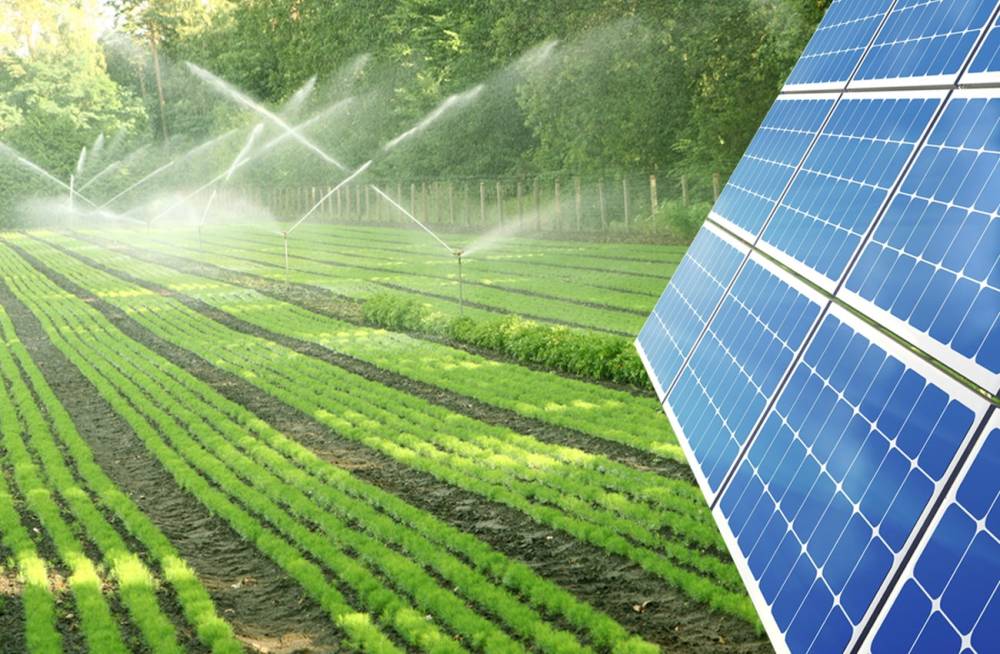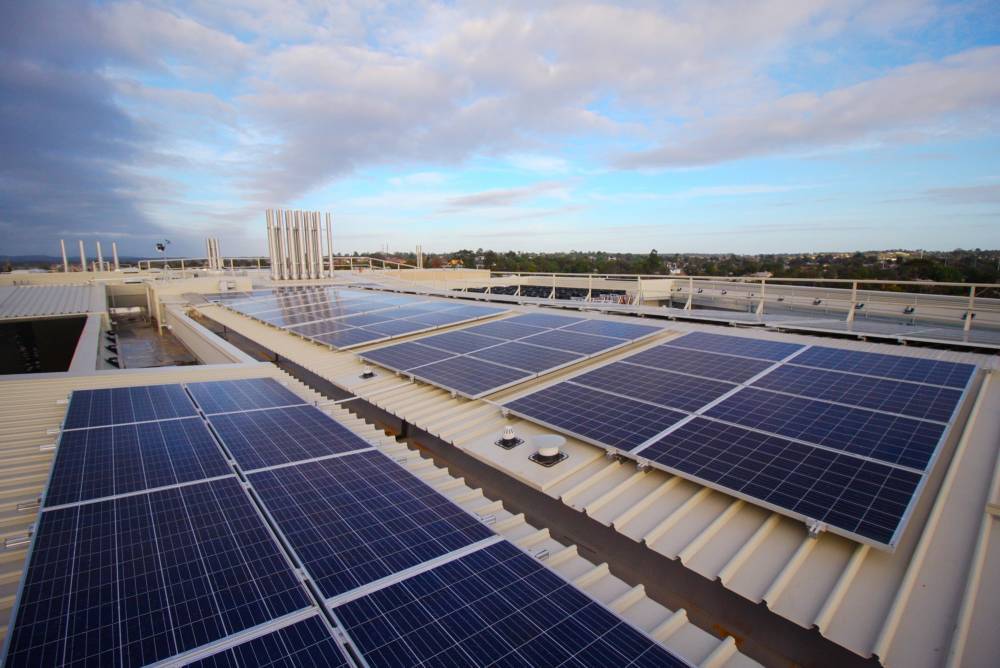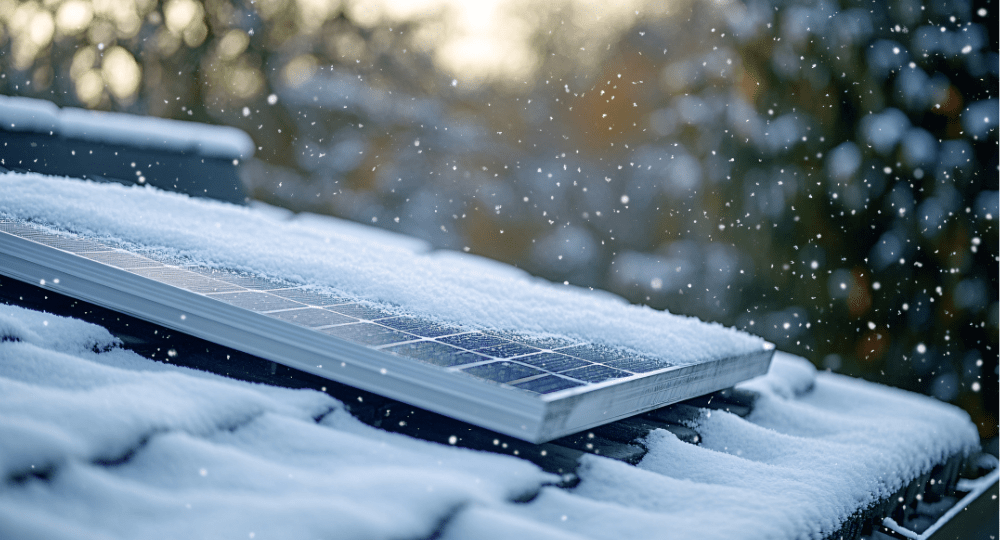What Are Off Grid Systems?
What Are Off Grid Systems?
Non-network systems can be called off grid systems or battery systems. The basic equipment used in the system is solar panels or wind turbines, battery, charge regulator, inverter and tracker. Where there are no mains or usable power lines, the healthiest solution is to install a properly calculated off-grid system as needed. Installing battery systems where there is a power line can be costly. It should be noted that the use of off-grid systems is widespread in pasture-mountain houses, farms, alarm systems, remote information, control systems, base stations and other such places. Because the construction of power lines in these places is a serious work process, the construction of poles and wires, power plants requires serious funding. For this reason, the off-grid systems we offer as Helind LLC are the best choice for places away from residential areas, where there is no electricity.
What is the main features of these systems?
The most important advantages of the systems can be listed below.
• Where there is no electricity, it is the best financial solution
• It is more convenient and realistic compared to the constructive costs of networking
• No fuel costs
• Professional and small number of engineers are sufficient for installation
• Installation time is short
• Systems can be further strengthened according to energy needs
• Systems can be upgraded step by step, thus adjusting costs.
The following nuances should be considered when installing the system:
• First of all, it is better to replace the existing equipment where the system will be used with more economical devices. Because this will reduce the amount of energy consumed. In some system installations, even such changes can reduce the cost of the system by up to 50%.
• The second issue is how much energy is consumed per day. To calculate this, it is necessary to list the approximate number of hours per day that the equipment will run at the place where the system will be installed. Thanks to this list, you will know how much your house needs daily and weekly energy. And the system calculation will be more accurate based on this information.
• Preliminary research at the site where the system will be installed is important in terms of installation costs and equipment identification. In addition, the presence of objects that can cast shadows on the panels at the installation site should be taken into account. Based on this information, if the panels are lined up one after the other, the distance between the panels will be determined, and the cases of shading the panels on top of each other will be prevented.
.
• Determining whether the system is intended to be used during the summer months or throughout the year is one of the nuances that can have a significant impact on the structure and cost of the system. If the system is installed for a year-round use, the panel design is adapted to the worst weather conditions.
• If the place used is a seasonal or summer house, it should be known during which months of the house the house is used. During installation, the systems are identified based on radiation calculations in the summer months.
• The calculated system costs in this situation are almost half of the system costs incurred in bad weather conditions. The installation should be calculated according to the period of use and the season, so that the system costs are optimized.
The Following Nuances Must Consider When Installing Off-Grid Systems:
• When installing an Off Grid system, it is important to choose an inverter with the appropriate power. The voltage and power of the inverter must be calculated according to the instantaneous peak power according to the devices to be used. The most important feature to consider in the chosen inverter is that the devices used (motorized equipment such as refrigerators) are strong enough to meet peak energy levels. Peak energy flow can be up to 3-4 times the normal flow. Inverters should be selected to meet these currents according to the characteristics of the device.
• If the system is to be installed on a roof, the orientation and inclination of the roof must be calculated in detail. The structure to be installed must be installed in such a way that it does not damage the roof insulation. If solar panels are to be installed in the yard, they can be fixed and installed by installing solar trackers. In order to increase the energy produced by 15-35%, it is necessary to pay attention to the fact that the trackers (solar trackers) are single or double axis.
.
• The protection of battery groups is very important in terms of battery life. For this reason, when installing batteries, the location of the batteries must be carefully considered. One of the most effective ways to keep batteries warm is to allow air to enter and exit them.
• The amount of energy lost during DC power transmission increases significantly as the distance increases. For this reason, the distance between the devices to be used (solar panels – battery – inverter) should be minimal. In addition, wires with appropriate cuts should be used.
• Upon completion of the system calculation, an “autonomy period” will be determined based on the annual / seasonal use of the house and the energy needs of the house. “Autonomy period” or “free operation period” is defined as the provision of energy to the house from batteries in the absence of sunlight for days determined by engineers.
Off Grid Systems Warranty, Price and Sales Center
Helind LLC is the official sales center of alternative energy products in Azerbaijan. The company is also engaged in the installation of these and other alternative energy systems. In off-grid systems, depending on the type of equipment, the panels are guaranteed for 25 years, and other equipment for 1-10 years. Due to the rapid development of the alternative energy market, call us for the latest price information and installation questions, or contact WhatsApp: +994506789911
Helind MMC – Your Energy Alternative





